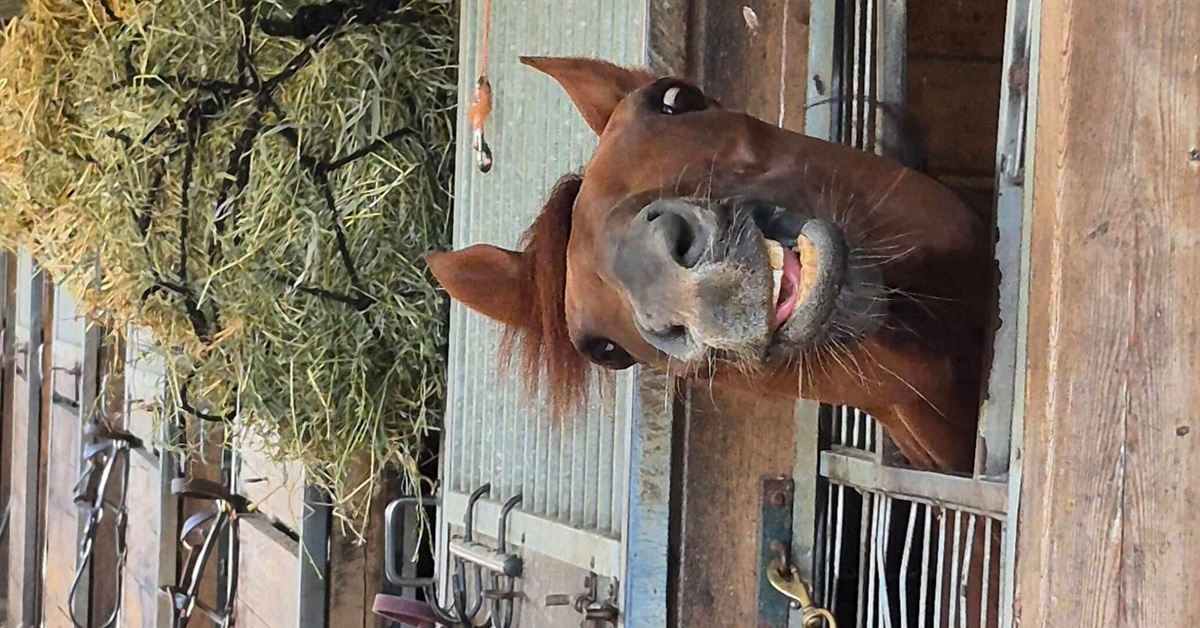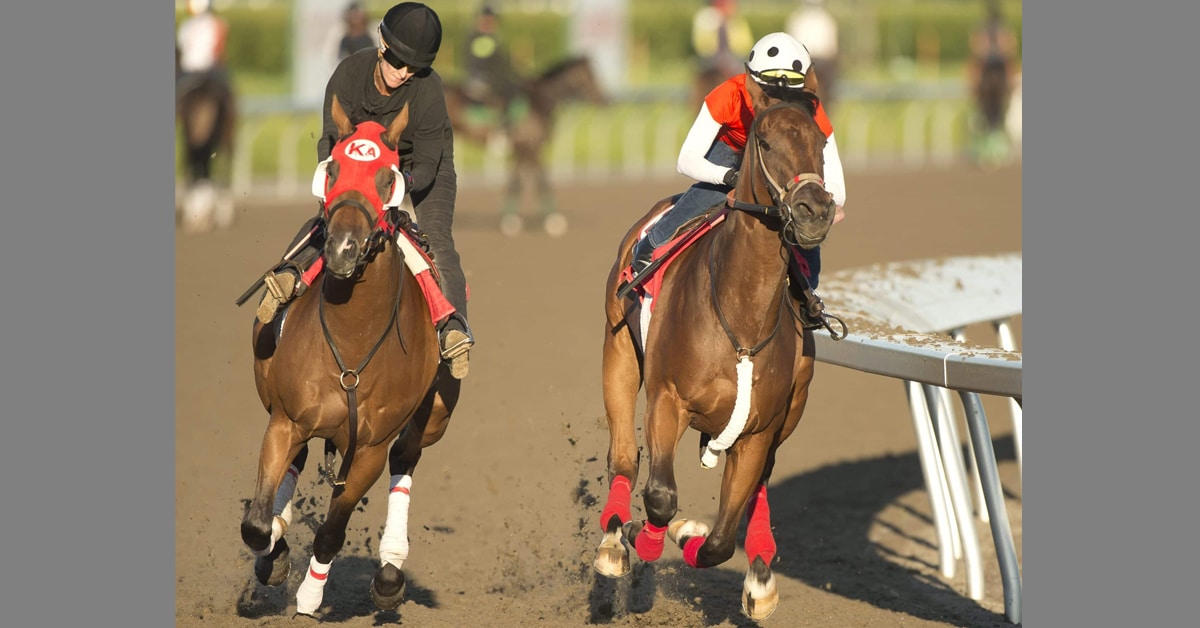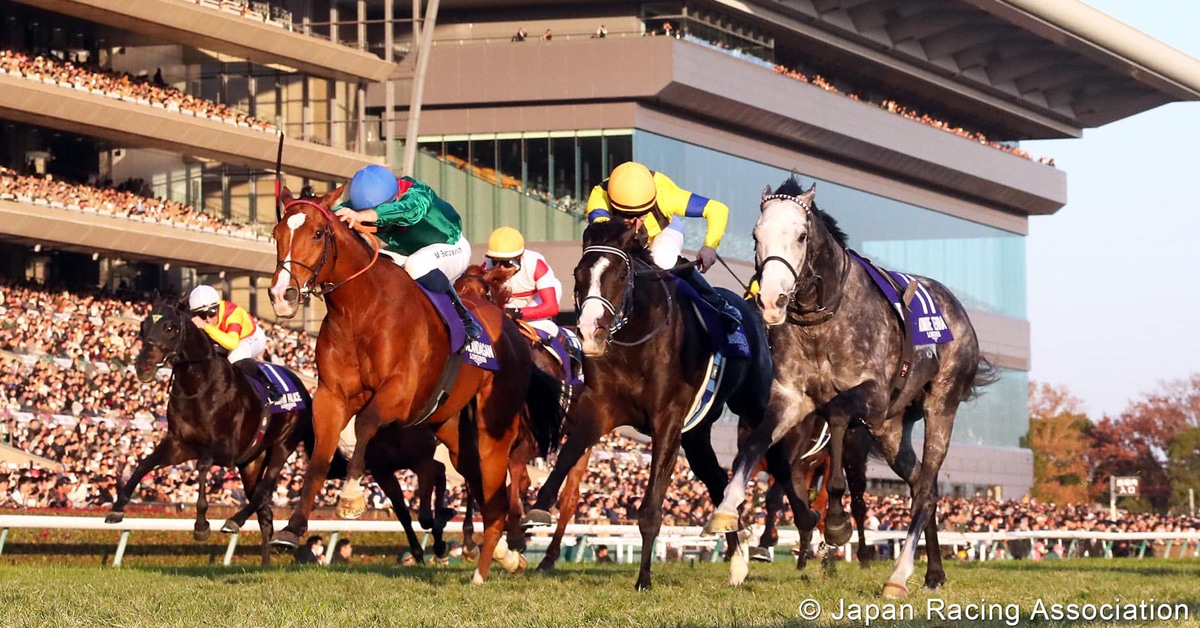On April 2, 2019 the Ontario Ministry of Agriculture, Food and Rural Affairs (OMAFRA) was notified of a confirmed case of equine herpes myeloencephalopathy (EHM) due to equine herpes virus-1 (EHV-1) at a facility with both competition and resident horses in the Regional Municipality of York. An unvaccinated senior gelding was euthanized after developing sudden and severe neurological signs. The facility owner’s veterinarian is advising the owner on movement restrictions and biosecurity.
A second horse, which had been stabled at the same facility for a short period of time prior to returning to the District of Cochrane, has since developed intermittent fevers and has also tested positive for EHV-1. The owner of the second affected facility has placed that premises under a voluntary quarantine.
EHV-1 infection is immediately notifiable by laboratories to OMAFRA under the Animal Health Act. Attending veterinarians concerned about potential cases of EHV-1 infection may contact an OMAFRA veterinarian through the Agricultural Information Contact Centre at 1-877-424-1300.
Because a fever (greater than 101.5 °F or 38.6 °C) may be the first indication of infection, the temperature of exposed animals should be monitored and recorded twice daily for 21 days and any abnormalities discussed with a veterinarian. Neurological signs, if they develop, may include loss of balance, hind-limb weakness, difficulty urinating, decreased tail tone, depression and being down and unable to rise. It is important that a veterinarian assess horses demonstrating neurological signs since it can be difficult to distinguish this from other serious diseases such as rabies.
EHV-1 infection is easily spread to other horses by nose-to-nose or close contact with an infected horse, by sharing contaminated equipment including bits, buckets and towels or by the clothing and hands of people who have recently had contact with an infected horse. It is important, therefore, to restrict movement for 21 days of both people and horses on and off properties where EHV-1 has been diagnosed. Riding lessons and clinics should be cancelled and any person leaving a facility to care for other horses or to instruct riding lessons elsewhere should change their clothes, shoes/boots and wash their hands before leaving the property. Facility owners should also inform all service providers that have attended the facility within the last week, including, but not restricted to, veterinarians, farriers, feed suppliers and transporters, of the presence of the virus on the farm so they can take appropriate precautions.
Prevention is the best medicine
Biosecurity is key to preventing spread of EHV-1. Strict routine biosecurity measures are the best way to minimize viral spread and should be in place at all times to prevent a disease outbreak. Such measures include hand hygiene and basic cleaning and disinfection practices. Competition horses should be housed separately from resident horses. New and/or returning horses should be quarantined for a period of 14 days whenever possible.
EHV-1 vaccines marketed for prevention of respiratory disease may reduce viral shedding but are not protective against developing the neurological form of the disease in the vaccinated animal.
For additional information:
OMAFRA
Preventing Disease Spread – Personal Hygiene and Disinfectants around Horse Barns
Horses – Health Management and Biosecurity
Equine Neurological Disease Surveillance 2018
CFIA
National Farm and Facility Level Biosecurity Standard for the Equine Sector
EQUINE GUELPH
Equine Biosecurity Risk Calculator
ALBERTA VETERINARY MEDICAL ASSOCIATION AND ALBERTA EQUESTRIAN FEDERATION
Equine Biosecurity Principles and Best Practices
More News










